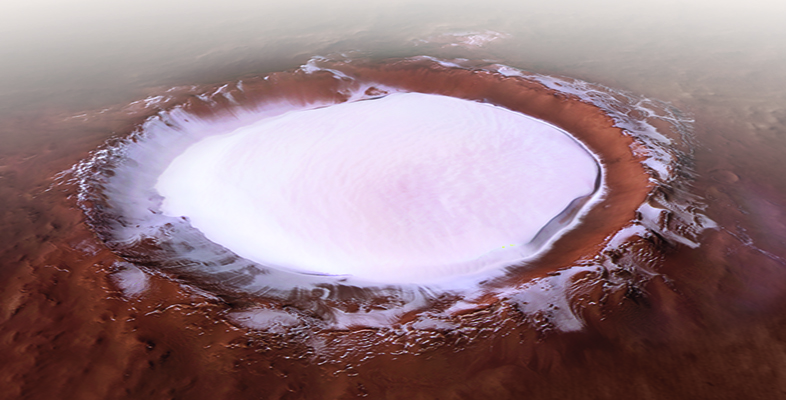3.2 A record in the rocks
When we want to look for minerals, cameras can be a great help but not necessarily just for taking photographs.
Consider that ‘sunlight’ is composed of light of different wavelengths; you may be familiar with how light is ‘split’ into a rainbow of colours by a prism or even a raindrop. However, sunlight also consists of infrared and ultraviolet light that you cannot see. The Sun and other objects also emit other types of electromagnetic radiation, shown in Figure 12. Although the human eye can only see visible light, scientific instruments can be built that extend our ability to ‘see’ the full range of the electromagnetic spectrum and these are used extensively in the exploration of our Solar System.

Objects do not only emit radiation, they also absorb it and interact with it in different ways. For example, different wavelengths of light interact with the minerals within rocks in ways that are specific to those minerals. This is, in fact, why we see colours. It also means that minerals can be identified using the wavelengths of light that they emit after interacting with sunlight, using cameras on rovers and landers that are fitted with filters to enable them to ‘see’ these wavelengths.
Using light in this way is not new, however. In 1867, astronomers Pierre Janssen and Willian Huggins examined the atmosphere of Mars using a spectroscope, an instrument used to measure the properties of light emitted or absorbed by different materials. Their measurements, later corroborated by others, suggested water vapour was present in the martian atmosphere and so Mars could be water-rich, like Earth. Later astronomers, however, were able to measure how much water vapour was present and concluded that Mars was likely to be desert-like.
In 1947, Gerard Kuiper used infrared spectroscopy to detect twice as much carbon dioxide (CO2) in the martian atmosphere as found on Earth. This atmospheric composition would be inhospitable to life as we know it from Earth.
Now you understand some of the main ways in which the search for martian water is conducted, it’s time to hear something about the search itself.
